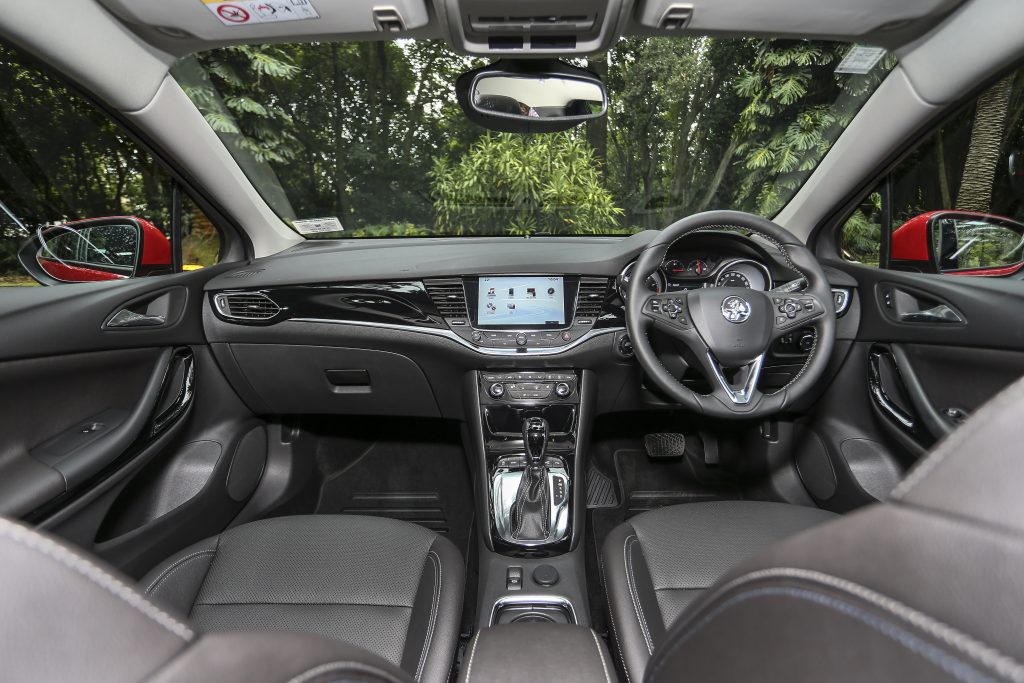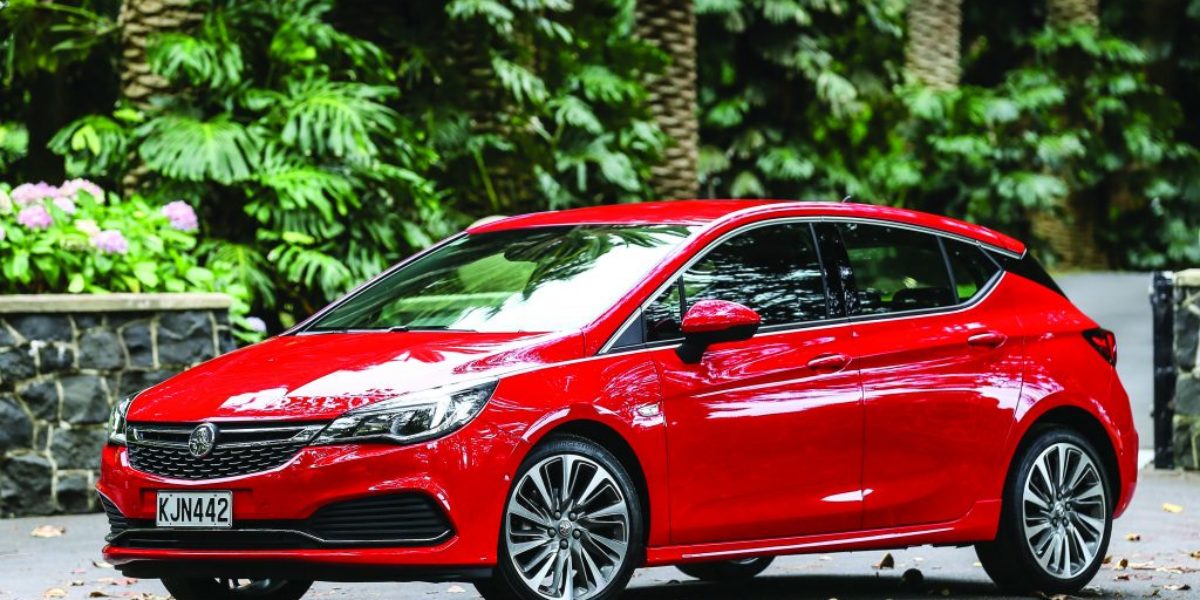Holden Astra: The Small Car That’s A Big Deal
Designed and engineered in Germany, but refined Down Under, M2woman Editor test-drives the small car that’s a big deal for one of motoring’s most iconic marques.
Coming up to two years of being a new parent, your before-baby identity can take a bit of a beating – of the makeup-less, style-less sort – which is why the chance to experience iD Dunedin Fashion Week with Holden, in tandem with the arrival of their all-new next-gen Astra, was a welcome invitation. iD’s International Emerging Designer Awards, in particular, are always a standout, showcasing a time in a designer’s life when they have the luxury of dissecting, deconstructing and questioning every inch of a garment to come up with their ultimate, no-holds-barred expression of ‘fashion’. You can’t get much more inspired than that.
And perhaps that’s exactly what the folks at Holden did with their completely new, from-the-ground-up, European-designed, -built and -engineered hatch; it did, after all, clinch the trophy for 2016 European Car of the Year. Certainly, from the curb, it is not surprising Holden and Dunedin’s cult fashion showcase have joined forces. The Astra sports a sleek, sophisticated exterior design with clean, sharp, sweeping lines from nose to tail; a premium front grille design stretches into slim headlights and sculpted side panels, while slick, blacked-out C-pillars create the illusion of a floating roof.
Under the bonnet, the European pedigree continues. The Astra is impressive not only in its light architecture (a reduction of 160 kilograms from its predecessor) and German-engineered engine, but also the extent of its intuitive technologies and safety features. So much so, that it would not be remiss to describe this neat little next-gen package as a paradigm shift for Holden – certainly it’s a far cry from a time when the Lion and Stone badge garnered near-godlike status in some crowds, where high performance lived large, measured in cylinders, displacements and grunt above all else in the Commodore SS V-series.
A scenic drive out to the coastal fishing village of Moeraki gives us the chance to experience how the Astra handles on the open road. It shrugs off its seemingly dedicated city slicker guise to reveal an impressive, peppy all-rounder that is equally composed and compliant on the open road.
The steering is light, direct and communicative. The car’s punchy 1.4-litre turbocharged petrol engine powers us up the Dunedin Northern Motorway with no delay, while staying fastened to the road through corners. There is more than enough pull for easy overtakes and the suspension does an excellent job of soaking up imperfections on the road. This is a car that feels very comfortable and natural behind the wheel. Part of this is due to Holden going the extra mile of having local engineers tune the Astra specifically for Down Under conditions, in particular our uniquely high-cambered roads. A more powerful 1.6-litre turbocharged petrol engine is also on offer for those who enjoy a sportier drive in the RS and range-topping RS-V, which puts out 147kW of power and 300Nm of torque.

The interior, echoing the slick, flowing forms of its bodywork, delivers a premium ambience accessorised with a jet black cloth interior trim and subtle LED ambient lighting. At the wheel, the thoughtful design of the dash means all the usual dials are kept nicely in line with the steering column, and the leather-appointed sports seats with lumbar adjustment remain nicely supportive and non-slippery. Taking a spell in the back seat, there is a surprising amount of space and legroom to the extent that it feels like a much larger car – perfect for tall adults and also little kiddies with all their car seating contraptions. Likewise, the boot is a decent size and shape, its wide opening and square shape capable of swallowing suitcases and baby strollers with ease.
The Astra also comes standard with technology and specs that you would normally expect to find in more expensive vehicles, including the latest generation MyLink infotainment system with Apple CarPlay and Android Auto, so you can remain connected via a 7-inch colour touch screen with Bluetooth and voice recognition functionality. If you prefer an embedded Satellite Navigation system, the top-end RS-V provides this along with a larger 8-inch screen.
Safety-wise, the Astra is equipped with six airbags (dual front, front side and full-length curtain protection), a rear-view camera and rear parking sensors, as well as Electronic Stability Control across the range. If you don’t wish to scrimp on safety features, the RS and RS-V versions come with front parking sensors, semi-automated parking assistance and the HoldenEye forward-facing camera technology, which detects traffic and adds Automatic Emergency Braking and Forward Collision Alert, as well as lane-keeping assistance and guidance.
The least premium thing by a long shot, in the new Astra, is its price – from $30,990, which makes for a rather impressive equipment versus cost equation. Furthermore, if you wish to opt for the most affordable R model, you can add a Driver Assist Pack, which includes clever features like Lane Keep Assist, Forward Collision Alert and rain-sensing wipers for an additional $1,500.
There’s no denying the Astra is at the forefront of redefining what a mainstream small car is. While this segment in the automotive industry might not be getting as much attention as it used to, given the seemingly never-ending iterations of compact SUV that are being turned out of late, this is a little beauty worthy of any fashion show.
See a great little video of it here – www.holden.co.nz


